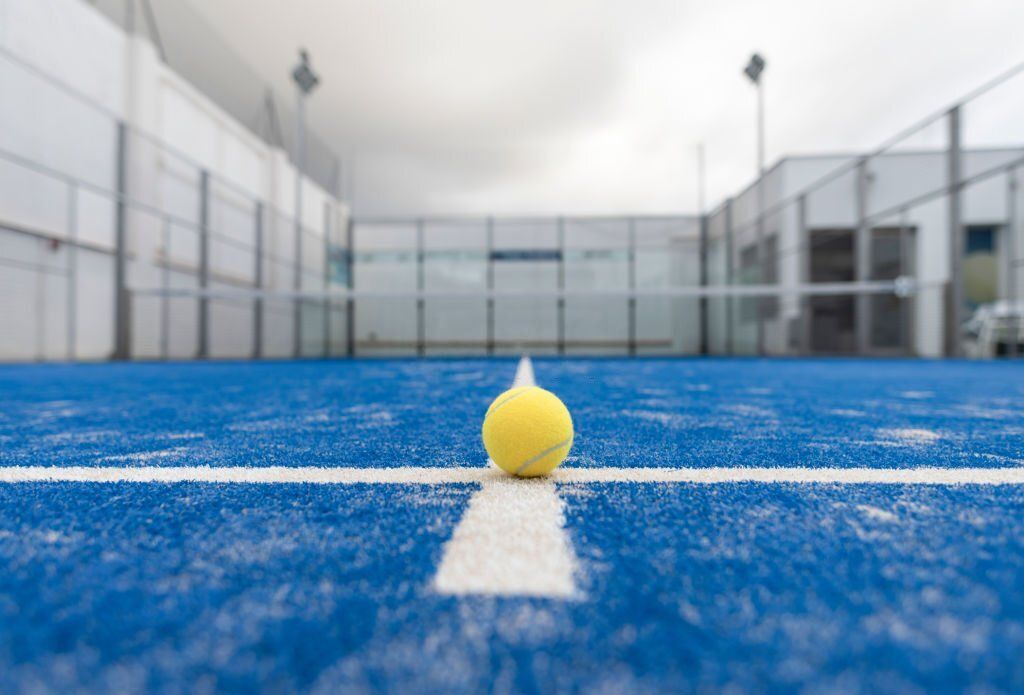When it comes to constructing a padel court, one cannot underestimate the significance of a robust foundation. The success and longevity of your padel court depend heavily on the quality of its foundation. In this article, we will delve into why a solid padel court foundation is crucial for unlocking the full potential of this exhilarating sport.
A padel court foundation serves as the backbone of the entire structure, providing stability and durability. Whether you’re a seasoned player or a padel enthusiast planning to build your own court, understanding the importance of a reliable foundation is key, in PadelMagic we are aware of this and we work with our clients to fullfill the excelence and requirements.
Structural integrity
The foundation is the first line of defense against wear and tear. It ensures that the court remains structurally sound, withstanding the constant movement and impact associated with padel sport and play experience. A well-constructed foundation minimizes the risk of cracks, shifts, and other structural issues, preserving the integrity of the playing surface.
Player safety
Safety is paramount in any sport, and padel is no exception. A solid foundation contributes to a level playing surface, reducing the likelihood of uneven terrain and potential tripping hazards. Players can focus on the game without concerns about the court’s stability, enhancing their overall experience.
Longevity and cost-efficiency
Investing in a high-quality foundation is an investment in the future of your padel courts. A durable foundation not only extends the lifespan of the court but also minimizes the need for frequent repairs. This translates to long-term cost savings and a court that continues to provide enjoyment for years to come.
Environmental considerations
Factors such as soil composition, drainage, and climate play a crucial role in determining the ideal foundation for a padel court. A well-designed foundation takes these environmental considerations into account, ensuring that the court can withstand the elements and maintain its performance under various conditions.
Professional Guidance
Constructing a padel court foundation requires expertise and precision. Seeking the guidance of professionals experienced in padel court construction is essential. They can assess the specific requirements of your location, recommend the appropriate foundation type, and oversee the construction process to guarantee optimal results.
In conclusion, a padel court foundation is the cornerstone of a successful and enjoyable playing experience. Whether you are planning to build a new court or renovate an existing one, prioritizing the quality of the foundation is a strategic decision that pays off in the long run. Unlock the full potential of your padel court by laying the groundwork for excellence from the very beginning.
In PadelMagic we are manufacturer and distributor of high quality padel courts with hundreds of padel courts projects. You can check our our padel courts and check instantly the quotation of your project here.

